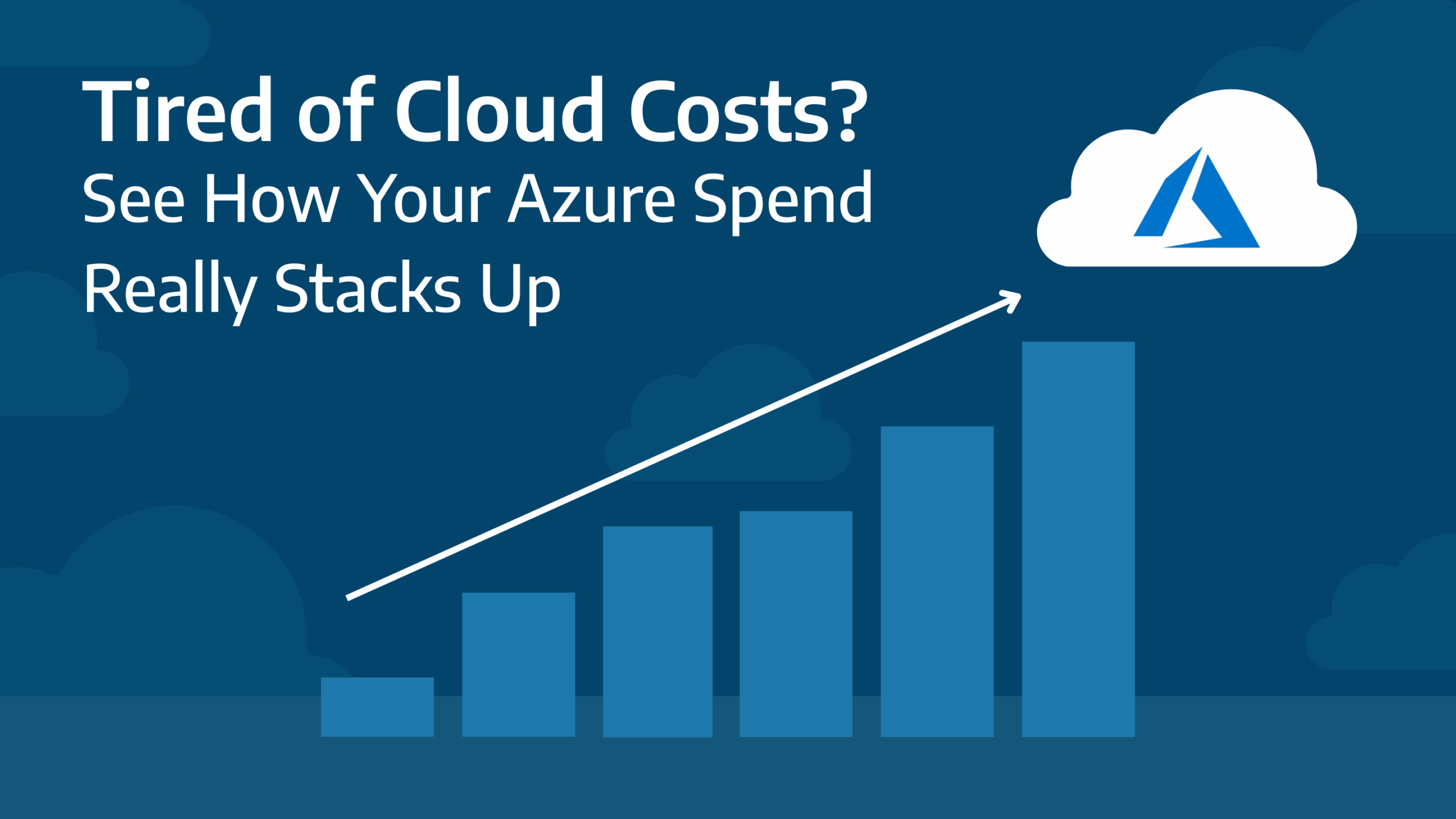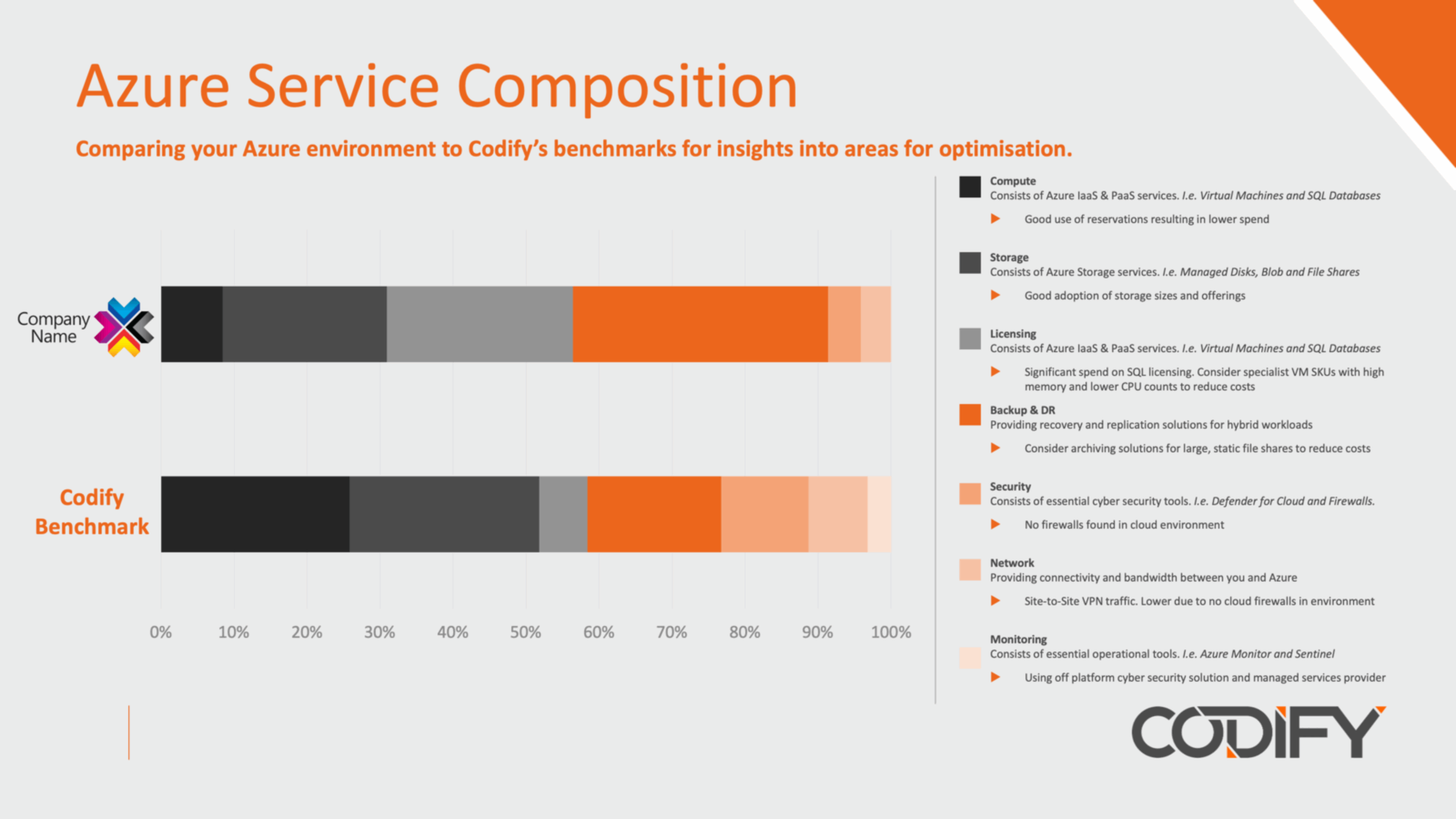Cloud costs. It’s a recurring conversation we have. While there are extremes, the underlying sentiment is clear: we aren’t happy with what we are spending on Azure.
April always brings a spike in cloud cost discussions. It’s not a hidden price hike, but rather a quirk of the calendar. Azure billing is in arrears and the Q3 invoices represent December to February consumption. This period includes two 31-day months (December and January) and a shorter February. The difference isn’t negligible either at nearly 10% it will represent a saving compared to a more balanced billing period. Then when the April invoice for March (31 days) consumption rolls in it feel like an unwelcome jump.
These swings in your Azure bill can feel like a frustrating rollercoaster, especially when you’re proactively trying to manage costs but lack a clear view of your impact. If you’re seeking a more stable ride with clear visibility and direction on how to optimise your Azure spending, our Benchmark provides the direction you need.
What Makes the Codify Azure Benchmark Different?
The standard advice for reducing cloud spend is readily available;
- leverage Reservations,
- tap into Hybrid Use Benefits, and
- wherever possible, modernise your applications to leverage cloud-native architectures.
These are foundational, but many organisations still lack the ongoing FinOps processes and regular architectural reviews needed to truly optimise their Azure environment and prevent bill shock.
This is where our Azure Benchmark provides a unique advantage. Unlike internal cloud teams with limited visibility across different environments, we bring a wealth of experience gained from working with different industries and countless Azure use cases over the past decade here is Australia. We’ve witnessed first-hand what constitutes efficient and inefficient cloud deployments.
In the broader tech community, conversations about cloud adoption are common, but they often lack the depth needed for real learning. While knowing what others are doing in the cloud is interesting, it’s the detailed why and how that unlocks true value. Our benchmark isn’t about blindly following the crowd; it’s about gaining meaningful insights that can genuinely elevate your Azure environment.
At its core, our benchmark identifies areas where your Azure spend shows unusual patterns compared to your peer’s usage. But this isn’t about pointing fingers. Instead, it’s about sparking crucial questions and deeper understanding.
For example, a significantly lower spend in Backup & DR compared to the benchmark might signal an area of potential risk, prompting a review of your DR strategy and its implementation.
Real-World Insights: An Anonymised Case Study
An early adopter immediately saw the value in our approach and signed up for the Azure Benchmark report to gain a clearer picture of their environment. Through their consent we’re able to share some anonymised insights that were uncovered.
Their results revealed a mixed bag. They were effectively utilising Reservations and had optimised their Storage solutions, demonstrating strong foundational cost management. However, their Licensing costs stood out, significantly higher than the benchmark, indicating an area for potential optimisation.
Furthermore, the benchmark highlighted a potential security gap in their foundational infrastructure. Their reliance on built-in antivirus and basic firewall rules, without a dedicated Firewall, presented an opportunity to significantly enhance their security posture.
The anonymised excerpt below provides a glimpse into the visual insights our Azure Benchmark report delivers:
Our team of Azure experts didn’t just deliver these findings in isolation. We supplemented the report with evidence and actionable recommendations. The ultimate goal was to empower this client to achieve a significant monthly reduction in their Azure costs while simultaneously bolstering the security and resilience of their environment.
Ready to see how your Azure environment truly measures up? Explore our Azure Benchmark Report and gain the insights you need to optimise your cloud investment.


